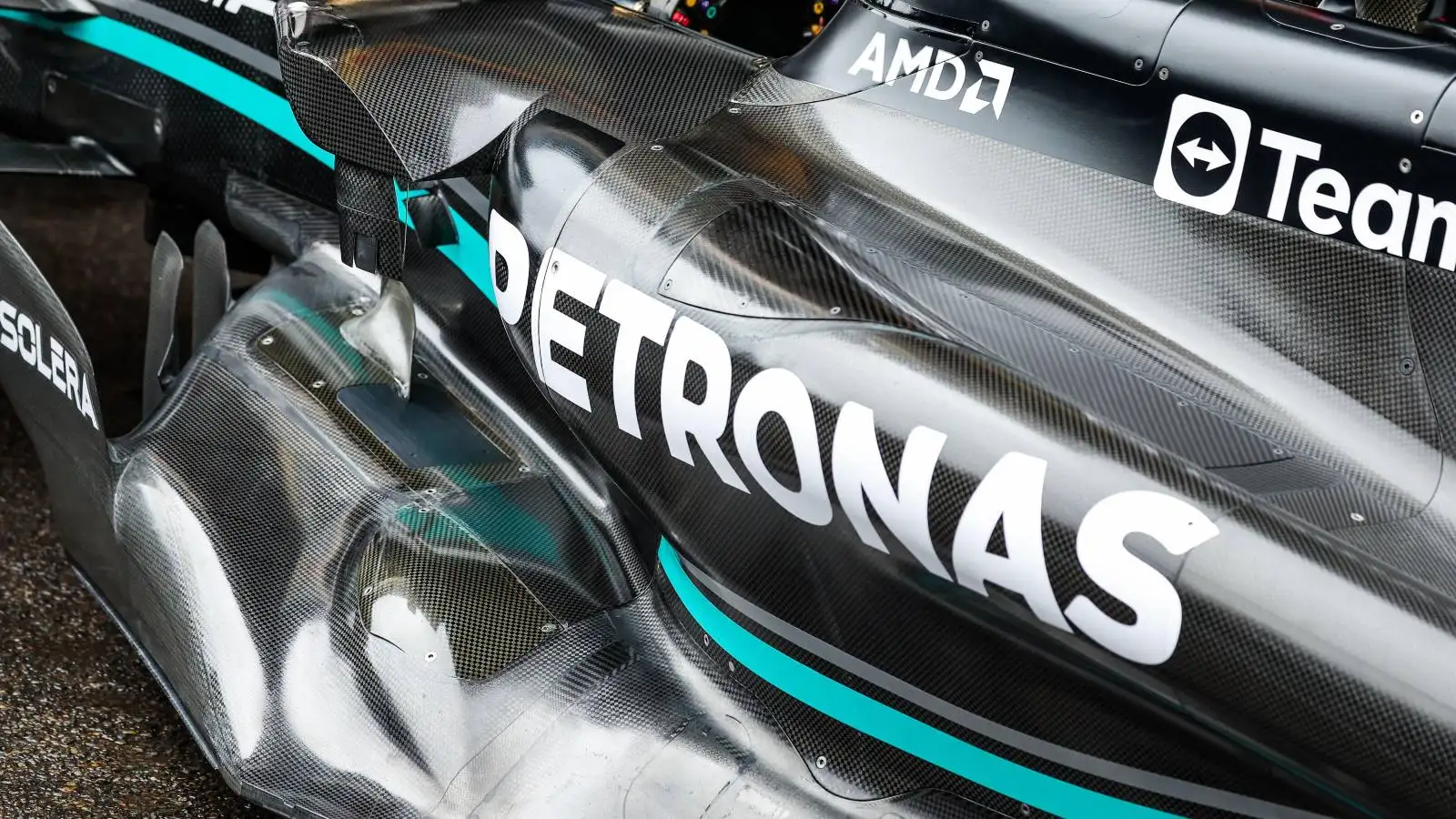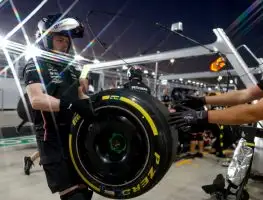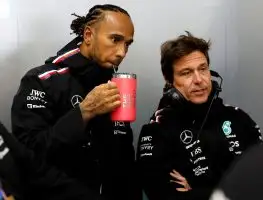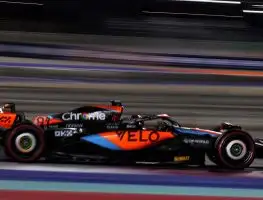F1 cost cap blocking Mercedes progression with wind tunnel ‘lag’ experience

A look at the side of the upgraded Mercedes W14.
Formula 1’s cost cap has changed the way the teams introduce upgrades to the car with James Allison revealing it’s no longer about small gains, but big ones that make it worth the cost.
Formula 1 put a budget cap into play in 2021, the aim of which was to level the playing field between the haves and the have-nots.
It’s also forced teams to change their way of thinking as the big spenders can no longer throw money at problems or bring updates week in and week out, they instead have to weigh up the cost.
James Allison on the budget cap: The car lags the wind tunnel by far more
It has already caused many a headache over at Mercedes when the Brackley squad realised early this yeartheir W14 concept was, as Toto Wolff put it, “wrong”and that they needed to make changes.
But instead of being able to tackle the problem in small steps, Allison says they had to work in the wind tunnel to find “big” gains that were worth the cost of putting it on the car.
Added to that, what they have today in the wind tunnel is steps ahead of the car that’s on the track but the cap means they can’t just throw the updates onto the car.
“If you imagine that most of the performance is coming from the wind tunnel, the wind tunnel is always, therefore, leading where the car will ultimately follow,” the Mercedes technical director explained toAutosport.
“The lag between what the car sees and what the wind tunnel is doing is how quickly you can drop the wind tunnel geometry into the design office, and how they can spit that out into manufacturing to make.
“Back in the day, when cost cap wasn’t there, then you could drop those things out the wind tunnel pretty much every other day, and people would furiously design them and then you’d furiously build them, which meant the lag between where the tunnel was and where the track was always only a few weeks.
“Nowadays, you can afford maybe to drop two or three major or major-ish upgrades in a season, and then that just tickles things in between.
“Instead of finding something in the tunnel and dropping it into the factory, you find something, find something, find something, find something, and say ‘OK, that’s big enough now to go in a package that we can afford. We’ll make it, put it in the car’. And it means that the car lags the wind tunnel by far more.
“It doesn’t change the gain rates in the tunnel. That’s always the same. But the car catches up with the wind tunnel less frequently and is in more lag with it. So that’s how it affects you.”
PlanetF1.com建议
The other eight F1 cars that have given Lewis Hamilton trouble
Ranked: The 10 best F1 driver pairings of the 21st century
That, though, is not the only issue that has arisen under the cost cap.
“这等于offects you is that it’s harder to find the resource, people, and hardware to invest in capability improvement,” Allison said.
“It’s very easy to get stuck in the same way of doing stuff because to improve the way of doing stuff costs money and time.
“If you’re spending all your money and time on those few upgrades and building a car for the new year, it’s hard to make the mousetrap better.
“The machinery that makes the car, the drawing office that draws the car, and the methodology in the factory – it’s much harder to invest in that than it used to be.”
我rcedes are second in the Constructors’ Championship after 12 races, 256 points behind Red Bull.
Read next:Toto Wolff names his replacement as Mercedes team boss






